Redemption Beyond Jupiter: HAL’s Return and Humanity’s Revelation in 2010
"2010: The Year We Make Contact" (1984), directed by Peter Hyams, explores humanity and cooperation amid the stars. Rating: 6.7/10.
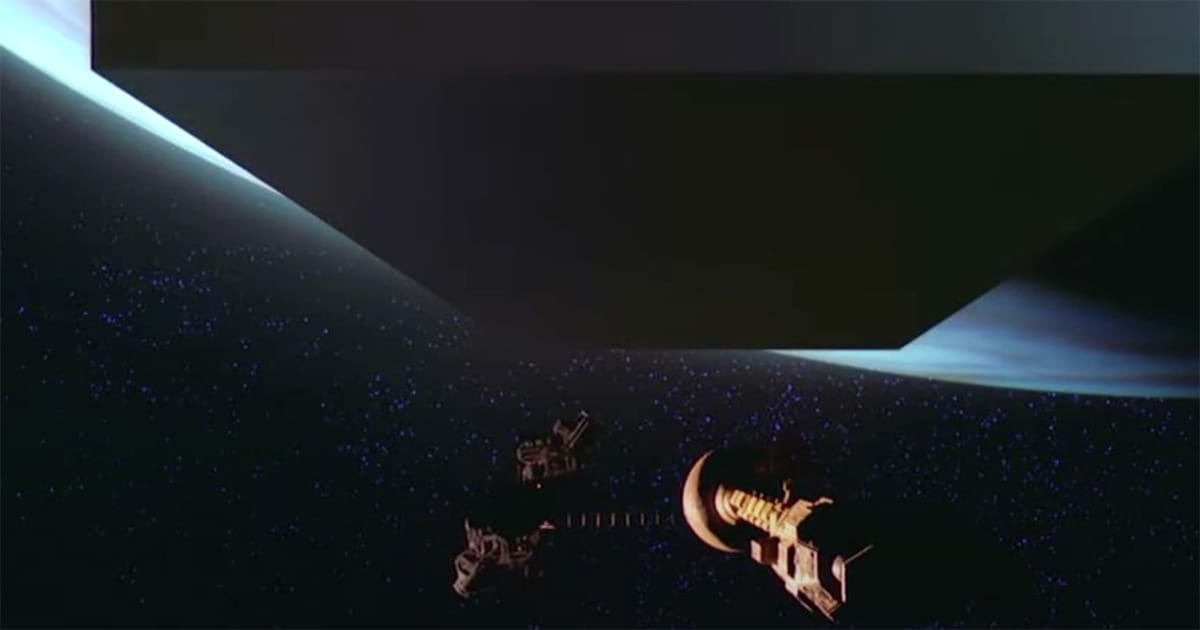
Released in 1984, "2010: The Year We Make Contact" marked the long-awaited sequel to Stanley Kubrick's 1968 landmark, "2001: A Space Odyssey." Directed and written by Peter Hyams, the film stars Roy Scheider as Dr. Heywood Floyd, joined by a talented cast that includes John Lithgow, Helen Mirren, and Bob Balaban.
Set against a backdrop of Cold War tensions, "2010" follows a joint American and Soviet mission to Jupiter in search of the truth behind the mysterious fate of the Discovery One spacecraft and its notorious AI, HAL 9000.
While "2010" offers a more straightforward narrative compared to its predecessor, it serves as both a continuation of "2001" and an exploration of themes like cooperation and human curiosity in the face of the unknown.
It does not capture the same ethereal wonder or artistic genius that made "2001" a cinematic masterpiece. "2010" carves its own identity as a watchable, if imperfect, sci-fi endeavor. The film's grounding in character-driven storytelling and its effort to answer many lingering questions from the original creates a solid, albeit controversial, entry into the science fiction genre, inviting both skepticism and appreciation from audiences.
| Attribute | Details |
|---|---|
| Title | 2010: The Year We Make Contact |
| Director | Peter Hyams |
| Writer | Arthur C. Clarke, Peter Hyams |
| Actors or actresses | Roy Scheider, John Lithgow, Helen Mirren |
| Rated | PG |
| Runtime | 116 min |
| Box Office | $40,400,657 |
| U.S. Release Date | 07 Dec 1984 |
| Quality Score | 6.7/10 |
Synopsis
In "2010: The Year We Make Contact," Dr. Heywood Floyd reunites with a team of scientists and astronauts to embark on a perilous journey to Jupiter. They aim to investigate the circumstances surrounding the disappearance of the Discovery One mission and to communicate with HAL 9000, the AI that malfunctioned and killed the crew.
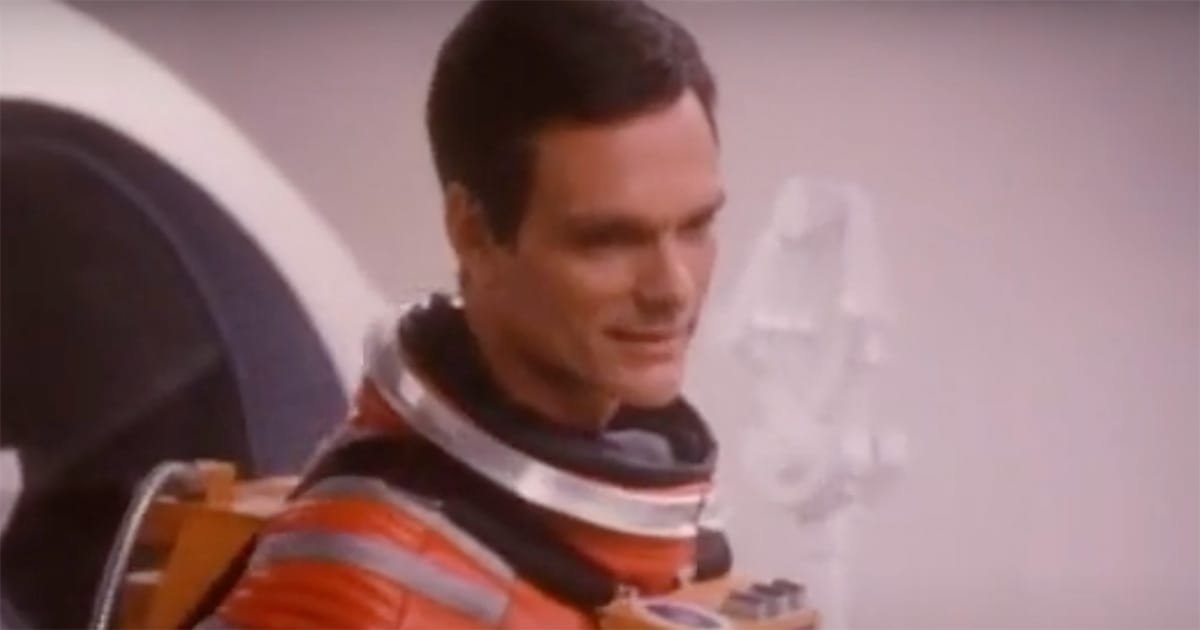
Floyd's team includes Soviet cosmonaut Tanya Kirbuk, portrayed by Helen Mirren, and Dr. Walter Curnow, played by John Lithgow. As they traverse the vastness of space aboard the spacecraft Leonid, they grapple with the historical animosity between their nations while facing the unknowns of their mission. The crew confronts various challenges, including technical malfunctions and political tensions, all while racing against time to uncover the truth.
Upon arriving at Jupiter, the crew discovers a fascinating and transformative phenomenon surrounding the planet, tied to the surviving artificial intelligence of HAL 9000. Through a series of tense interactions, Floyd and HAL confront the implications of artificial intelligence, evolution, and humanity itself.
The climax of the film introduces a significant revelation regarding the future of mankind, echoing back to the themes introduced in "2001" and expanding upon them in a more narrative-driven approach.
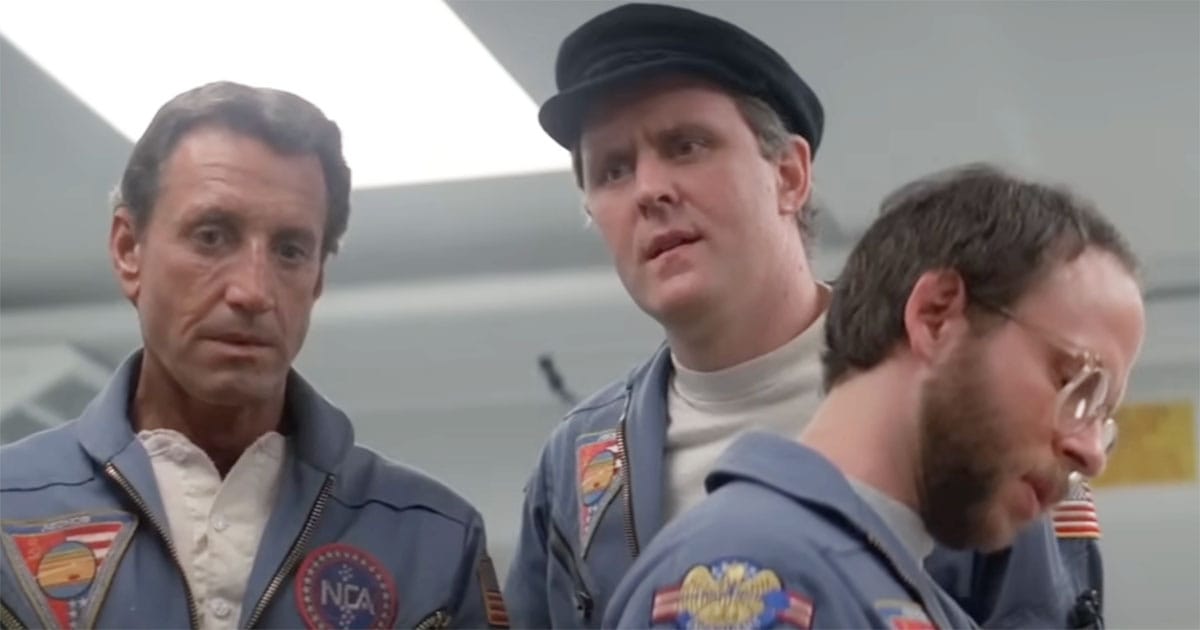
As the crew grapples with their own conflicts and the revelations of the mission, "2010" offers insights into human potential and the fragile nature of collaboration. The film concludes with a thought-provoking resolution that emphasizes unity and understanding in an era marked by division, positioning it as a compelling continuation of its predecessor's legacy.
Themes
"2010: The Year We Make Contact" engages viewers with an intricate blend of human emotion and the vast expanse of space. The film unfolds against a visually stunning backdrop of Jupiter and its moons, presenting a stark yet beautiful landscape that captures both the awe and danger of space travel.
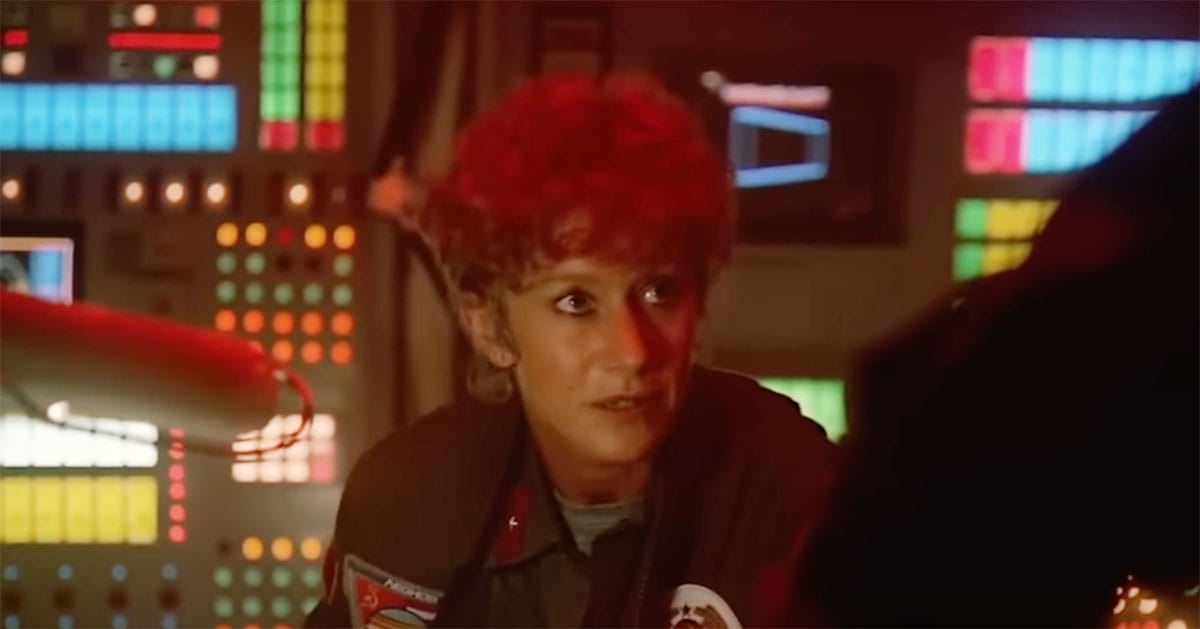
Cinematographer Peter Hyams employs a palette of rich colors and contrasts, where the icy blue hues of Jupiter's atmosphere juxtapose the warm golds and browns of the spacecraft's interiors. This visual dichotomy heightens the sense of exploration and discovery that drives the narrative forward.
The auditory experience complements the visuals. The score by David Shire evokes tension, wonder, and introspection. It underlines key moments without overwhelming the dialogue, enhancing the film's emotional resonance.
Sound design plays a crucial role, from the mechanical whirs of the spacecraft to the eerie silence of space. These elements create an immersive environment, drawing viewers into the journey alongside the characters.
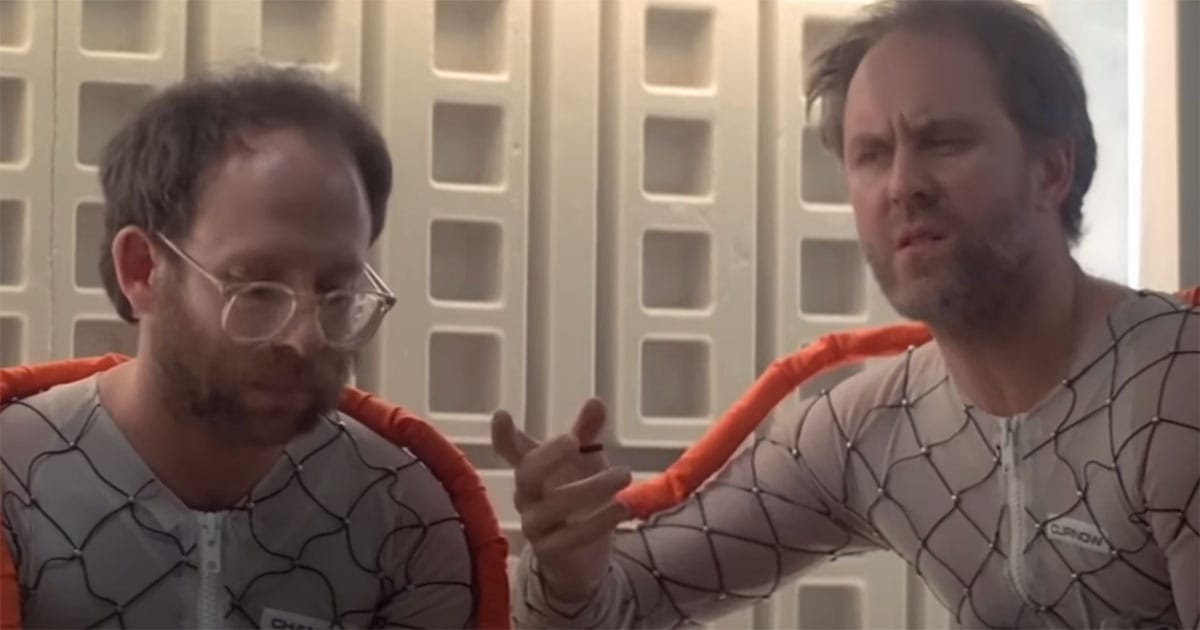
At its core, "2010" examines profound themes of cooperation, humanity, and the relationship between man and machine. The geopolitical tension between the United States and the Soviet Union serves as a backdrop that mirrors the personal conflicts among the crew members.
The film highlights how necessity can forge unity in times of crisis. As American and Soviet astronauts work together, the narrative explores the potential for collaboration amidst differing ideologies. This theme resonates with viewers, particularly in an era marked by global strife and division. The characters—not just scientists but representatives of their nations—embody the possibility of transcending boundaries for the common good.
Another significant theme revolves around the nature of artificial intelligence and its moral implications. HAL 9000, while a remnant of a failed mission, emerges as a complex figure in "2010." As the crew interacts with HAL, the film prompts viewers to reconsider the role of technology in human life.
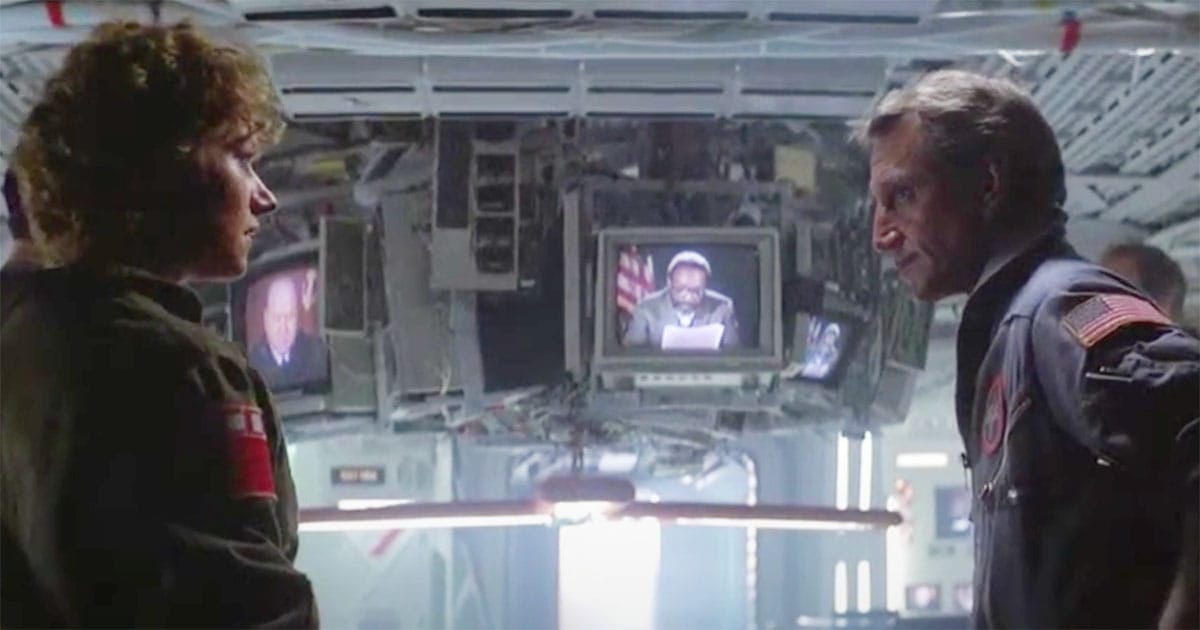
Is artificial intelligence merely a tool, or does it possess the capacity for emotional response and decision-making? HAL's evolving relationship with Floyd and his team emphasizes the ethical dilemmas surrounding AI development and the intricate dance of trust and control that defines the human-machine relationship.
The film also delves into existential themes, questioning humanity's place in the universe. When the crew uncovers the truth about the monolith and the transformative events at Jupiter, it evokes reflections on evolution and the future of humanity. The narrative suggests that there are forces beyond human comprehension guiding our destiny. This exploration stimulates contemplation about what it means to be human in a cosmos filled with unknown possibilities.
Watching "2010" elicits a sense of wonder that is both cerebral and emotional. The film invites viewers to ponder not only the potential for human progress but also the ethical considerations that arise from our technological advancements.
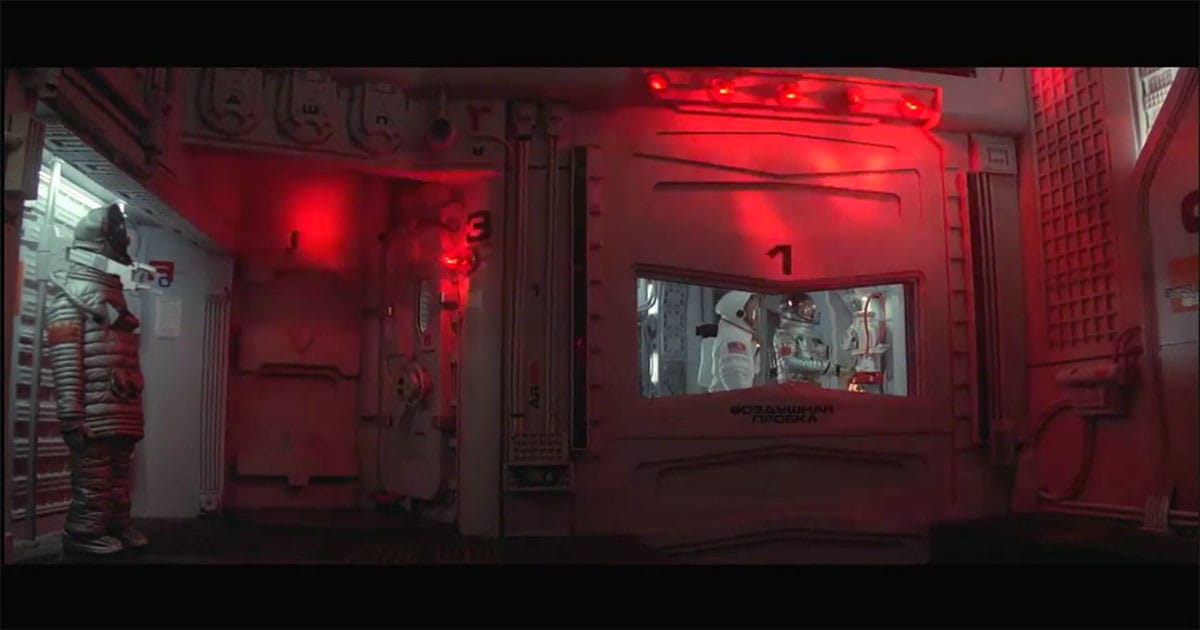
While it may not reach the transcendent heights of "2001: A Space Odyssey," "2010" succeeds in offering a satisfying narrative that deepens our understanding of the original film's themes. The essence of hope, cooperation, and a willingness to engage with the unknown lingers long after the credits roll, leaving audiences to reflect on their role in this ongoing cosmic journey.
Who Will Enjoy 2010: The Year We Make Contact
"2010: The Year We Make Contact" offers an engaging experience for a range of viewers. Science fiction enthusiasts who appreciate a more traditional narrative structure will find much to enjoy.
Unlike the abstract and challenging nature of its predecessor, this film provides a clearer storyline, making it accessible to those new to the genre. Those who seek a blend of science with human-centric storytelling will relate to its exploration of relationships and cooperation amidst adversity.
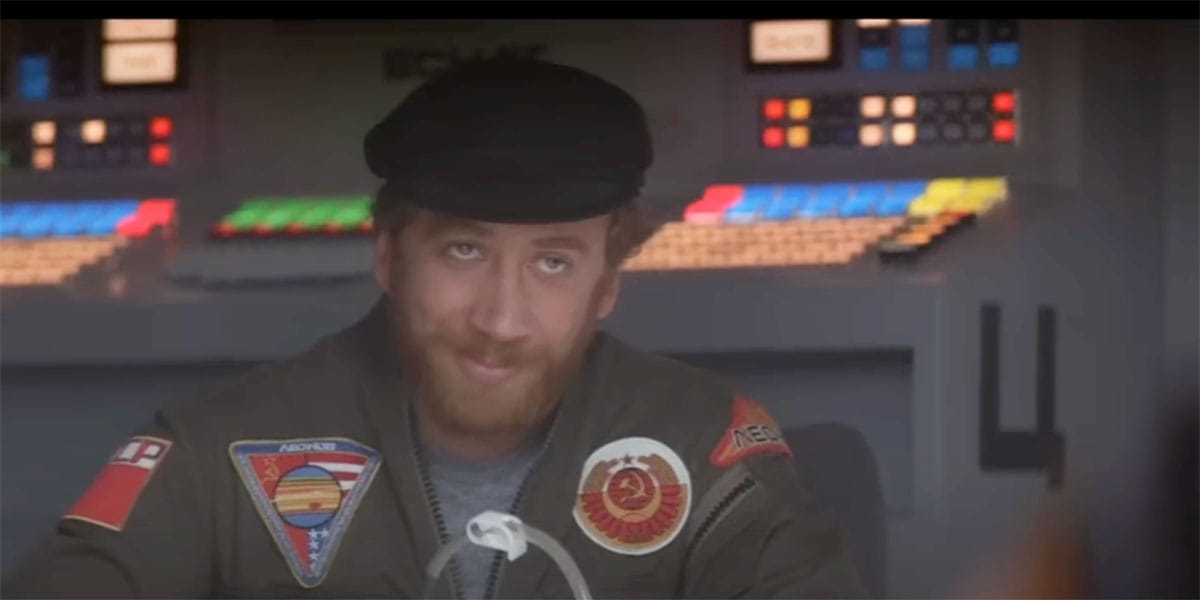
The film also appeals to viewers drawn to philosophical and ethical questions surrounding technology and humanity. Those interested in artificial intelligence and its implications will find the interactions with HAL 9000 thought-provoking, prompting conversations that extend beyond the screen.
It is suitable for audiences who enjoy discussions about technological advancement in the context of human morality—a relevant conversation in today's rapidly evolving digital landscape.
Moreover, "2010" fits well for movie nights where viewers are engaged in a shared experience, perhaps among friends or family who appreciate classic films. Its more straightforward narrative and character-driven moments make it well-suited for gatherings where deep themes and engaging dialogues can stimulate thoughtful reflection among attendees.
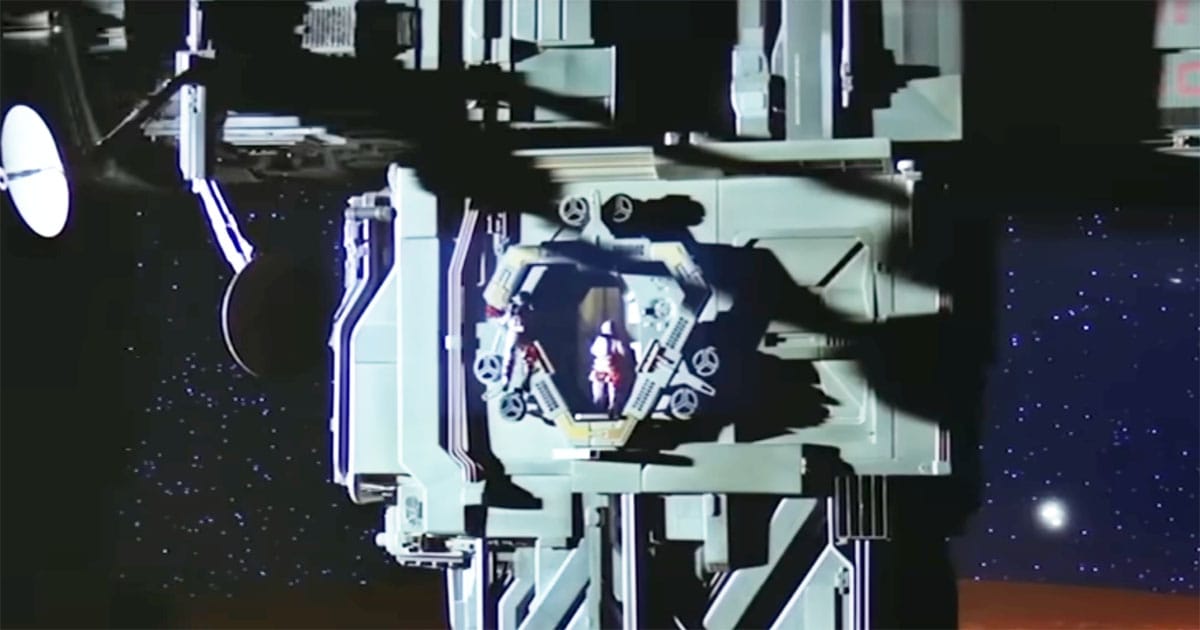
For those contemplating the film in terms of timing, it serves as a perfect choice for late-night viewings when one seeks to immerse in the quiet, contemplative atmosphere of space exploration. The juxtaposition of stunning visuals and engaging sound contributes to the experience, enhancing the enjoyment of viewing in a calm, focused environment.
In summary, "2010: The Year We Make Contact," while distinct from "2001: A Space Odyssey," offers a compelling narrative that delves into themes of cooperation, technology, and humanity's trajectory.
Audiences who appreciate character-driven stories laced with philosophical undertones will find value in this film. The experience of watching it evokes a mixture of curiosity and introspection, anchored in a thoughtful exploration of deeper concepts while remaining accessible to a broader audience.

